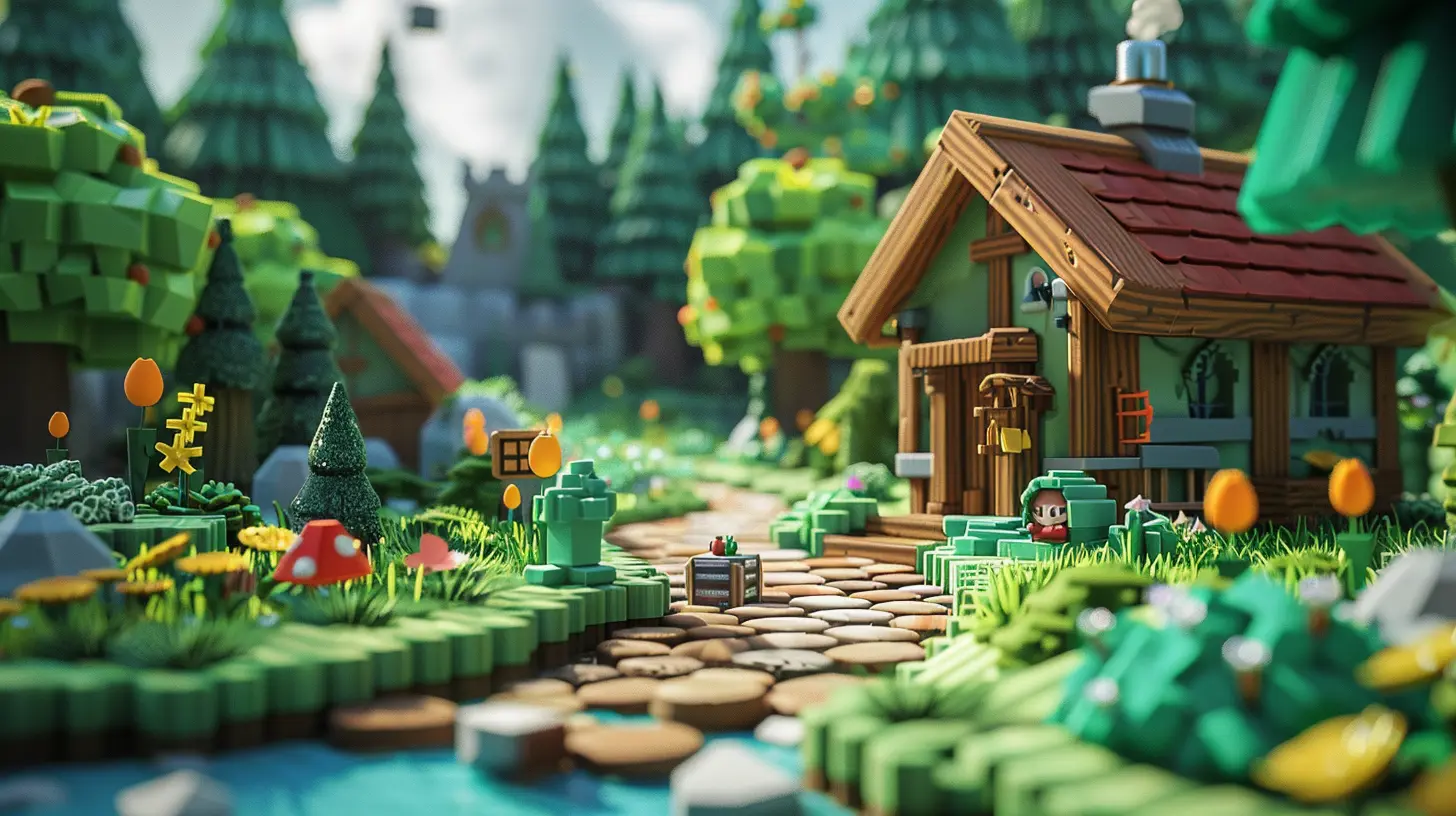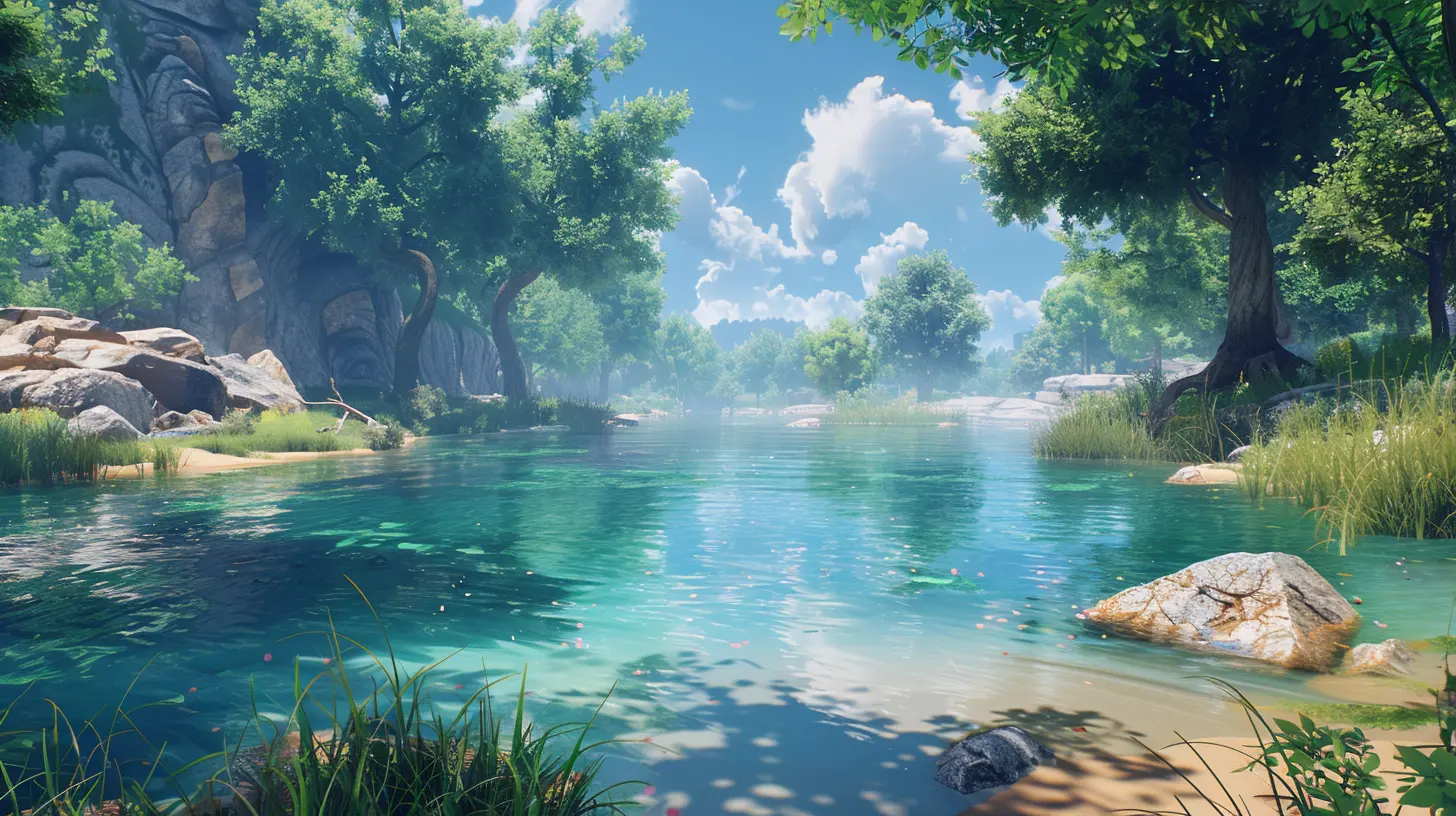Top Plugins and Extensions for Unity Developers
7 August 2025
Unity is one of the most popular game development engines out there, and for good reason. It’s versatile, powerful, and packed with features that make life easier for developers. But let’s be real — even the best tools can always use a little extra firepower. That’s where plugins and extensions come in. They’re like cheat codes for your development process, giving you new tricks to pull off and solving problems before they even start.
Whether you’re a beginner dipping your toes into Unity or a seasoned pro looking to sharpen your edge, plugins can make a world of difference. They save you from reinventing the wheel and help you focus on what really matters: creating the game of your dreams. In this article, we’ll walk through some of the best plugins and extensions for Unity developers, breaking them down into easy-to-digest chunks.
So buckle up, grab your coffee (or energy drink), and let’s dive in!
Why Plugins and Extensions Are Game-Changers
Let’s think of Unity like a Swiss Army knife. Straight out of the box, it’s got everything you need to get started, but what if you want a corkscrew or a flashlight attachment? That’s what plugins and extensions are for—they’re the extra tools that make Unity even better, tailored to your specific needs.By adding plugins, you can enhance workflows, automate repetitive tasks, and improve performance, all while cutting down development time. They also open up possibilities that would otherwise take weeks to code manually. Basically, plugins = less stress and more time to focus on the fun stuff.
Top Plugins and Extensions for Unity Developers
Here’s a handpicked list of the most useful plugins and extensions that will help you step up your Unity game. Each of these has its own niche, so whether you’re into 2D platformers, jaw-dropping 3D environments, or VR worlds, there’s something here for you.1. Odin Inspector & Serializer
If there’s one tool that nearly every Unity developer swears by, it’s Odin Inspector. This bad boy takes Unity’s default inspector and cranks it up to 11.- What it does: Odin enhances the Unity Editor, letting you customize how data is displayed. You can create better debugging tools, save time on repetitive tasks, and clean up your workflow.
- Why it’s a must-have: You don’t need to write custom editor scripts for every little thing. Plus, it comes with a built-in serializer that works wonders for saving and loading complex data structures.
Think of Odin like a personal assistant who organizes your desk while you focus on the big picture.
2. PlayMaker
Not everyone loves coding (no judgment here!), and that’s where PlayMaker shines. This visual scripting tool allows you to create game logic without touching a single line of code.- What it does: It uses a node-based interface to build game mechanics, state machines, and behaviors.
- Why it’s a gem: It’s intuitive and great for prototyping ideas quickly. Even experienced coders use it to save time.
It’s like having training wheels on a bike—they’re helpful whether you’re a beginner or a pro just trying to speed things up.
3. Amplify Shader Editor
Shaders can add magic to your game visuals, but writing shader code is no joke. Enter Amplify Shader Editor, a visual solution to creating shaders without the headache.- What it does: It provides a node-based editor where you can create custom shaders for your game.
- Why you’ll love it: You get stunning visual effects with less effort. Plus, the drag-and-drop interface is super user-friendly.
If Unity’s default shader tools feel like assembling IKEA furniture without instructions, this plugin is the equivalent of hiring an expert handyman.
4. Rewired
Unity’s built-in input system is decent, but it has its limitations. Rewired steps in to take player input controls to the next level.- What it does: It’s a robust, cross-platform input management system. It supports controllers, joysticks, keyboards, and pretty much anything you can imagine.
- Why it’s a lifesaver: It’s reliable, easy to implement, and works seamlessly with multiplayer games.
Think of Rewired as the Swiss Army knife of input controls—it does it all and does it well.
5. TextMesh Pro
If you’ve ever struggled with making text look decent in Unity, you need TextMesh Pro in your life.- What it does: It’s a plugin for advanced text rendering and formatting. It allows you to create high-quality text with tons of customization options.
- Why it’s essential: Your in-game menus, HUD, and dialogue boxes will look polished and professional. Plus, it’s now officially supported by Unity.
It’s like upgrading from a flip phone to a smartphone—once you switch, you’ll wonder how you ever lived without it.
6. DOTween (HOTween v2)
Animations are a huge part of any game, and DOTween makes them a breeze to handle.- What it does: This scripting animation engine helps you create smooth, efficient animations with minimal code. It supports animations for UI, game objects, and even complex sequences.
- Why it’s a no-brainer: It’s lightweight, fast, and works perfectly with Unity’s existing systems.
Using DOTween is like driving an automatic car—it handles the tough stuff so you can cruise.
7. ProBuilder
Level design can feel overwhelming, especially if you’re just sketching out ideas. ProBuilder simplifies that process.- What it does: It’s a hybrid 3D modeling and level design tool built directly into Unity.
- Why you’ll love it: You can prototype and test levels directly in Unity without switching between software like Blender or Maya.
Need to whip up a quick 3D level? ProBuilder is like having a notepad for your environment ideas.
8. Final IK
Creating natural character movement is tough, but Final IK makes it a walk in the park (pun intended).- What it does: It’s an inverse kinematics (IK) solution for Unity. It allows characters to interact more naturally with the environment.
- Why it’s awesome: Adding realistic hand, foot, or body motions to characters is practically effortless.
If animation is the cake, Final IK is the cherry on top that makes everything look perfect.
9. Gaia Pro 2021
Building stunning terrains can be a time-sucker, but Gaia Pro transforms it into an enjoyable task.- What it does: It’s a terrain generation tool that allows you to create vast, gorgeous landscapes in minutes.
- Why you’ll love it: From mountains to forests to oceans, Gaia Pro automates the creation process while giving you control to tweak the details.
Imagine having a magic wand that turns a blank canvas into a masterpiece. That’s Gaia Pro for you.
10. Easy Save
Saving and loading data is one of those things that nobody gets excited about — unless you’re using Easy Save.- What it does: It simplifies data management by letting you save and load all types of data (player progress, game settings, etc.) with a single line of code.
- Why it’s a must-have: It just works. No headaches, no fuss.
Think of it like a reliable backpack where you can store everything you need without worrying about it falling apart.
Honorable Mentions
If the above plugins didn’t blow your mind, here are a few more worth checking out:- Cinemachine - Perfect for creating smooth and dynamic camera movements.
- Shader Graph - Unity’s own visual shader editor, great for beginners.
- SRDebugger - A runtime debugging tool that lets you troubleshoot issues live in your game.
- A* Pathfinding Project - The best tool for creating AI navigation and pathfinding. 
Final Thoughts
Adding plugins to Unity is like giving your game development toolkit a major upgrade. These extensions are here to make your workflow smoother, your visuals more impressive, and your games more polished. But here’s the kicker: the best plugin for you depends on your specific project needs. So don’t just grab them all blindly—think about what would really improve your process and go from there.Remember, game development is as much about the journey as it is the destination. If a plugin can make that journey more fun and less stressful, it’s worth every penny. Happy developing!
all images in this post were generated using AI tools
Category:
Game EnginesAuthor:

Emery Larsen
Discussion
rate this article
2 comments
Nathaniel Soto
This article effectively highlights essential plugins for Unity developers, yet it could delve deeper into how these tools enhance specific workflows. A brief case study or user experience could provide practical insights, helping developers make more informed choices tailored to their needs.
December 1, 2025 at 6:13 AM

Emery Larsen
Thank you for your feedback! I appreciate your suggestion for including case studies or user experiences, and I'll consider it for future articles to provide more practical insights for developers.
Lisa Warner
Plug in for a unity-ful upgrade!
August 12, 2025 at 4:34 AM

Emery Larsen
Thanks for your enthusiasm! Plugins can truly enhance the Unity experience!


